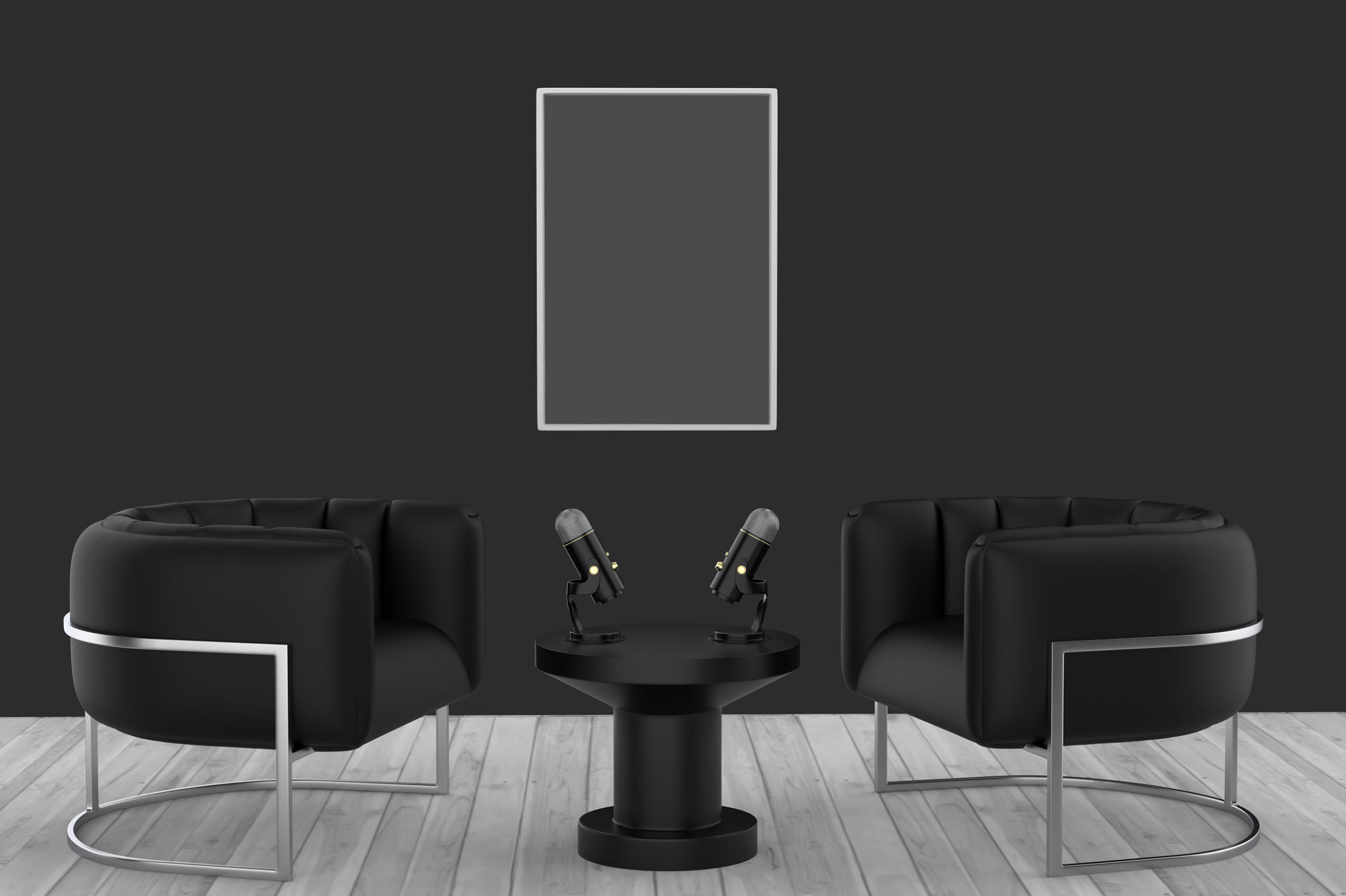Preparing Your Home Studio for Seasonal Recording Challenges
Understanding Seasonal Changes in Home Studios
As the seasons change, so do the conditions that can affect your home studio. Temperature fluctuations, humidity changes, and even light variations can pose challenges for those aiming to maintain the best recording quality. Preparing your studio for these changes is crucial to ensure consistency in your work.
Seasonal changes can impact everything from the performance of your instruments and equipment to the acoustics of your recording space. Addressing these factors proactively will help you maintain a professional sound throughout the year.

Controlling Humidity Levels
Humidity is a significant factor that can influence your recordings. High humidity levels can cause wood instruments to swell, affecting their sound quality. Conversely, low humidity can lead to cracks and damage. To manage this, consider using a humidifier or dehumidifier to maintain optimal humidity levels between 40% and 50%.
Monitoring devices can provide real-time data on humidity levels, allowing you to make necessary adjustments promptly. This proactive step can save both your equipment and your recordings from potential harm.
Managing Temperature Fluctuations
Temperature extremes can affect the performance and longevity of your equipment. Cold temperatures can cause mechanical parts to contract, while extreme heat can lead to overheating issues. Keeping your studio at a stable temperature is key to avoiding these problems.
Consider investing in climate control systems or portable heaters and fans as needed. Additionally, insulating your studio space can help maintain a consistent temperature year-round, protecting both your gear and your work.

Optimizing Light Conditions
The amount of natural light your studio receives can vary significantly with the seasons. This not only affects visibility but also the mood and ambiance of your recording environment. Adjusting window coverings or installing blackout curtains can help you control light levels and reduce glare on screens.
Additionally, consider using artificial lighting that mimics natural daylight for consistent illumination. This approach ensures optimal conditions for both recording and editing tasks, regardless of the time of day or year.
Maintaining Equipment and Instruments
Seasonal changes can also affect the calibration and tuning of your instruments and equipment. Regular maintenance checks are essential to ensure everything functions as it should. For instruments, this might involve adjusting truss rods or changing strings more frequently during temperature swings.

For electronic equipment, dust accumulation can become a problem with increased static during drier months. Regular cleaning and servicing of your gear will help maintain its performance and extend its lifespan.
Conclusion: Proactive Measures for Year-Round Quality
Preparing your home studio for seasonal recording challenges involves understanding the impact of environmental changes and taking proactive steps to mitigate them. By controlling humidity, managing temperature, optimizing lighting, and maintaining equipment, you can ensure your studio remains a reliable space for creating high-quality recordings throughout the year.
Investing time in these preparations not only protects your valuable gear but also enhances the overall quality of your work. With these strategies in place, you'll be well-equipped to face any seasonal challenges head-on.
